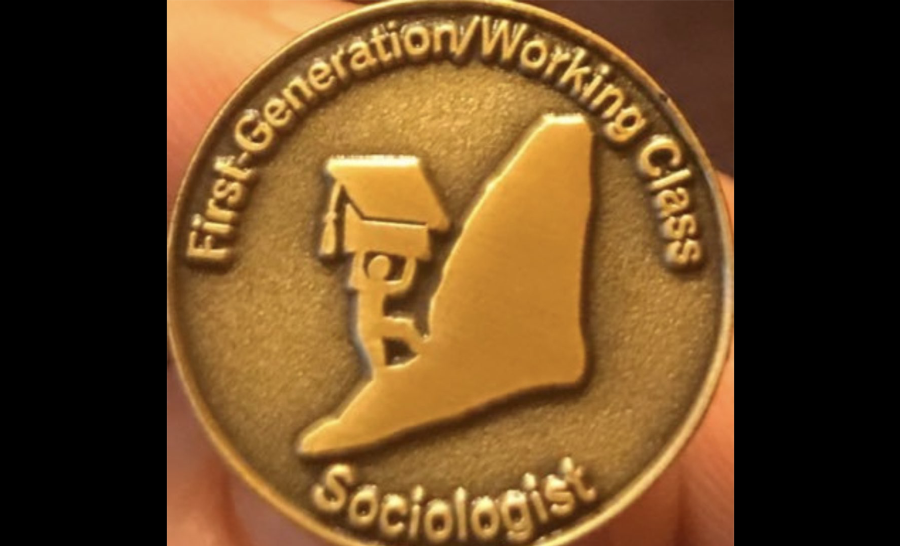First in the Family Make Their Mark in College
While first-gen students’ backgrounds are unique, they tend to have high expectations, multifaceted goals, and complex support needs.
American Sociological Association / September 2022

In March 2017 the ASA Council established the Task Force on First Generation and Working Class Persons in Sociology and gave it a multi-part charge with the intent of better understanding and being able to respond to the needs of this important group. The charge included developing a working definition of “first-generation” and “working-class” drawing on existing literature, ASA tradition, and the task force’s substantive concerns. In addition, examine existing data and, if possible, collect additional data where gaps exist, to document:
Based on this body of work, make recommendations to ASA Council as to how the Association can best address the challenge of integrating this population into the discipline in a way that maximizes equity.